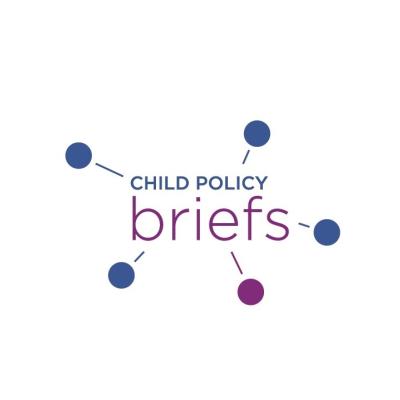Youth Suicide
Description
A summary of the scientific literature on the strength of evidence behind prevention strategies for youth suicide.

Components
Image

How This Impacts Children's Development
Description
Youth suicide is not only a tragic event, but also has significant and lasting impacts on families, schools, and communities. It has been the second leading cause of death among adolescents, with rates increasing by 80% in the United States over the previous decade. Prevention programs are crucial for supporting adolescents who experience suicidal thoughts or attempts.
Read the brief: Access to Firearms Increases Child and Adolescent Suicide, 2020
Talking Points from the SRCD Briefs
|
Policy Considerations in the Briefs
- Strong evidence indicates that the following measures can reduce youth suicide: restricting access to lethal means (such as firearms, building and bridge protections, and medication overdose safeguards), implementing LGBTQ+ affirming policies, screening for suicide risk in medical settings, and making community-wide investments through the Garrett Lee Smith Memorial Act, which funds grants to enhance service access, conduct assessments, raise awareness, and reduce stigma.
- Programs and research should focus on minoritized youth (e.g. racial/ethnic minority and LGBTQ+ youth), who are at a higher suicide risk.
- Pediatricians and emergency department clinicians could provide counseling about firearm safety to parents.
- Lawmakers could enact legislation, such as Child Access Prevention (CAP) laws that impose penalties on adults if a child could gain access to their guns, especially if access results in a fatal or non-fatal injury.
Read the brief: Access to Firearms Increases Child and Adolescent Suicide